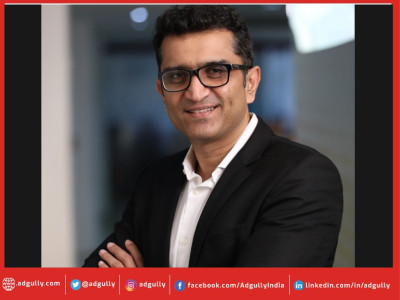RRR, Pushpa, KGF - Dubbing might behind these films’ pan-India success
Open any Hindi movie channel at any time of the day (or night) and chances are that one would find a dubbed version of a South Indian film on quite a few channels. Over the years, voice dubbing in movies and global content has become more sophisticated and has increased the viewer base.
OTT platforms have found great traction among their subscriber base in India with not just their Original series, but also global content dubbed in English and other regional Indian languages. Hollywood films released in India have seen the box office collections go up the moment they introduced the dubbed versions in the country.
According to a RedSeer report, the Indian OTT market is projected to grow 80% from 170 million in 2019 to 300 million by 2022. This growth majorly is expected from Tier 2 cities and beyond, where the regional content consumption is high. The probability of consuming content seems to be higher by 60% if the content is made available to watch in their mother tongue.
Thanks to the dubbed versions, Korean, Spanish, Turkish and Latin American content has also become very popular in India – be it series like ‘Money Heist’, ‘Squid Games’, the numerous K-Dramas, etc.
When the re-made ‘The Lion King’ was released in India, people noted the voices of well-known Bollywood actors Shah Rukh Khan (Mufasa) and Priyanka Chopra (Kaa) in the Hindi dubbed version. Voice dubbing has helped big-budget South Indian films to find a pan-India following – be it ‘Baahubali’, ‘Pushpa’, ‘RRR’, ‘KGF’ Chapter 1 and Chapter 2, among many others.
Anuja Dhawan, Co-Founder, Dubverse, noted, “With the increased access to the internet, the audience does not want to restrict to the traditional cinema in fact they want to explore cross-cultural stories through dubbed cinema and series, we see this clearly with the success of dubbed series such as squid games, money heist or movies like Pushpa or RRR released across languages.”
Content has no boundaries currently. There's a huge amount of content which is going across regions, from Telugu to Hindi, Hindi to Tamil, Tamil to Malayalam, from Malayalam to Telugu, etc. Speaking about content being dubbed in regional languages and from regional languages to Hindi, Anuradha Gudur, Chief Cluster Officer – Telugu, ZEE Entertainment Enterprises Limited (ZEEL) noted, “We have seen RRR consumption, which was on south channels, being significantly from HSM markets as well as the other regions other than south. People do prefer subtitling sometimes, but they prefer dubbed, as they probably do not follow English. But I think that has become seamless because when we see the RRR numbers for us, 46% of the viewers are from the north and HSM market. So that itself is an eye opener in that sense for us.”
However, when it comes to entertainment content dubbing, the challenge is the emotion and the dialogue delivery. If Pushpa’s famous “Jhukega Nahi” or “Flower nahi, Fire hai mai” was not dubbed with the same gusto, that dialogue wouldn’t have created that kind of impact. Hence, it becomes really important for the makers to dub the movie or series in such a way that the dialogue and emotion of the movie is not lost.
Commenting on this, Naveen Chandra, Founder & CEO, 91 Film Studios said, “That’s an issue with poor dubbing when the same voice is used for multiple characters and dialogues are transliterated rather than adapted into a new language. A good quality dubbing ensures high fidelity. Since the market is growing rapidly now, producers and rights owners may seek to invest more to achieve higher dubbing quality.”
He further added, “Telugu films Pushpa and RRR invested in good dubbing with the right voice casting even for the songs and that’s why even their Hindi songs have worked well. In the mid-90s, Tamil movies like Roja and Bombay or lately movies like Baahubali did very high quality dubbing. Audiences can’t make out the difference between the original and the dubbed versions, when it's done well.”
Dubbing is one of the oldest industries which has existed, but now is when the demand for the same content in multiple languages is at its peak and technology can make production across languages a cakewalk. From high-production movies to simple product explainer videos are required to be watched across the barrier of languages, now one way is to reproduce all of these, one by one in each language and the other scalable way is to involve AI. AI can dub any video across languages at scale with minimal effort and in a cost-effective manner.
“We have come a long way in tech developments and retaining the style, and tonality of the original speaker is now possible. We have some early results for the same dialogue spoken in Tamil in his voice and his tone. We are really excited about what holds in the future of AI in media content. Speaking of which, right now this is restricted to more educational and informational content, but the barrier to entertainment content should also be broken down soon enough,” says Dubverse’s Anuja Dhawan.


















Share
Facebook
YouTube
Tweet
Twitter
LinkedIn